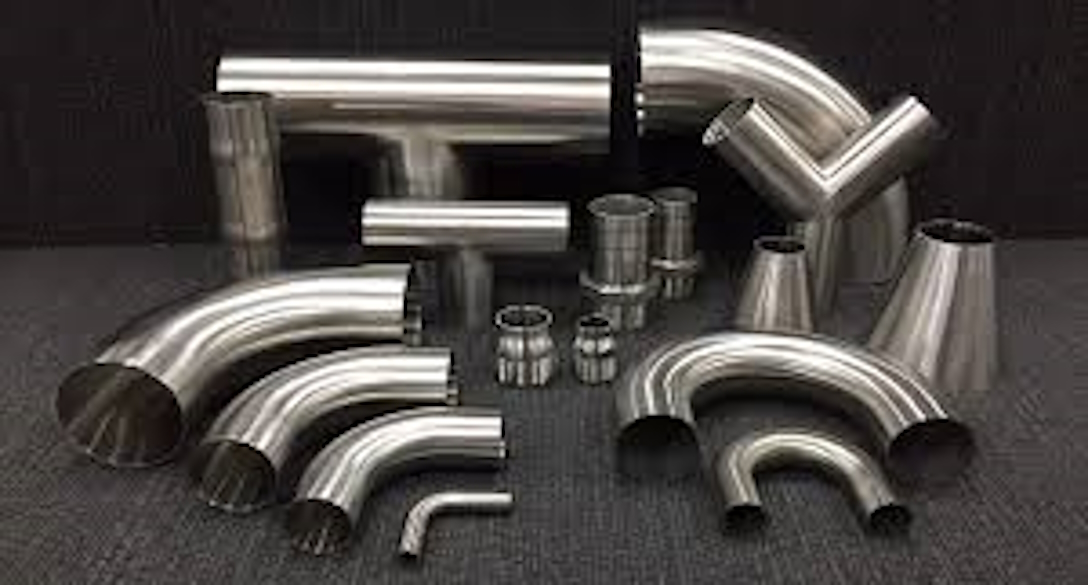What to Look for When Replacing Outdated Hose Fittings in Your Production Line

Over time, even the most robust equipment starts to show wear, and one of the most overlooked yet vital components in the production line is the humble hose fitting.
In food and beverage manufacturing, precision and cleanliness are non-negotiables. Over time, even the most robust equipment starts to show wear, and one of the most overlooked yet vital components in the production line is the humble hose fitting. If your plant is relying on ageing gear, updating your stainless steel hose fittings could save you time, money, and a whole lot of operational grief.
Understanding the Risk of Old Fittings
Outdated fittings can lead to a number of production issues, from leaks and cross-contamination to pressure inconsistencies and safety hazards. Worn threads, deteriorated seals and compromised welds might seem small at first, but they can quickly spiral into larger problems. If your fittings are no longer delivering a consistent, sanitary connection, it's time to reassess.
Choosing modern, food-grade stainless steel hose fittings is essential. They offer not only structural reliability and pressure resistance, but also meet the hygiene requirements critical in breweries, dairies, commercial kitchens, and other clean-in-place operations.
Material Quality and Surface Finish Matter
When searching for replacement fittings, material quality should be at the top of your checklist. Look for options made from high-grade 304 or 316 stainless steel, which resist corrosion, thermal stress and chemical wear. Leading fittings, like those in premium product ranges, are manufactured with fully welded seams and a high polish both inside and out, allowing for optimal cleanability.
Mirror-polished or sanitary-finished interiors are designed to prevent bacterial build-up, a crucial factor in the food and beverage sector. Many premium products also undergo passivation treatment to further enhance corrosion resistance.
Compatibility with Modern Systems
Another thing to consider is whether your new fittings will integrate seamlessly into your current setup. Versatile designs such as tri-clamp-compatible fittings provide a secure, leak-proof connection while still being easy to remove and sanitise. Whether you're running a bottling line or managing heat-sensitive transfers, having fittings that adapt to your line without retrofitting headaches is a major win.
Modern designs also factor in space-saving profiles and modular compatibility, making them ideal for evolving production lines that need to scale.
Working with a Trusted Supplier
You can’t underestimate the importance of sourcing your components from a reliable stainless steel fittings supplier. A trusted supplier offers more than just products, they bring technical know-how, consistent stock availability, and customer support that helps solve problems before they start.
The best suppliers ensure every fitting is thoroughly tested and manufactured to meet industry standards. They’ll offer a wide range of sizes and configurations, so you’re not left with mismatched or ill-fitting parts halfway through an upgrade.
Whether you're installing new fermenters, upgrading a bottling line, or revamping a CIP system, working with a supplier that values quality and reliability is key to keeping your production line moving without interruption.
The Small Part That Makes a Big Impact
It’s easy to focus on the tanks, pumps, and high-profile machinery in your plant, but never overlook the connectors that keep everything running smoothly. Upgrading your stainless steel hose fittings is one of the most cost-effective and impactful decisions you can make to improve performance, safety and hygiene.
The right fittings, paired with expert advice from a trusted stainless steel fittings supplier, can elevate your entire operation, from product quality to production uptime.











